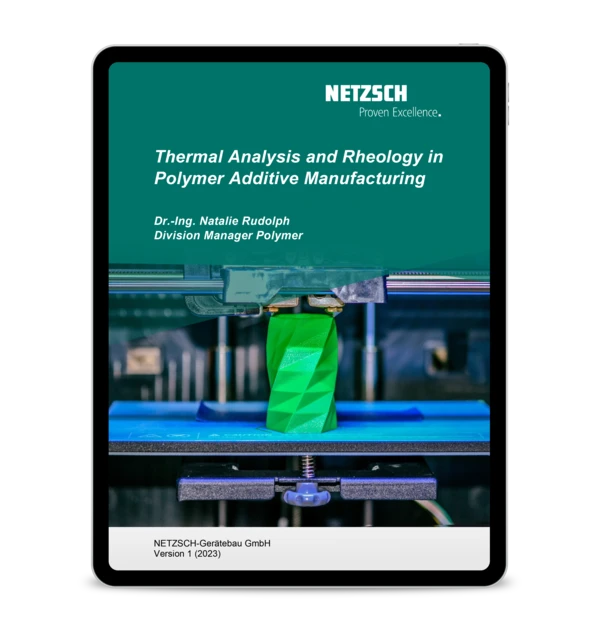
03.03.2021 by Milena Riedl, Dr. Natalie Rudolph
Why Do Printing Temperatures of the Same Material Differ Between Different Filament Manufacturers?
Dr. Natalie Rudolph discusses why there are different printing temperatures for one material (e.g., ABS or PLA), which you bought from different filament suppliers. She shares insights into the detection of the melting and softening properties of filaments with analytical instruments and gives tips on how home users of 3D printers can use this knowledge.
As a response to our video series in which we introduced the 7 technologies of Additive Manufacturing, we have received a huge amount of direct messages and emails from you.
For now, we took your questions related to common 3D printing issues and categorized them into what we call 3D Printing myths – common concerns and sometimes misconceptions of this industry.
Why does every filament manufacturer specify different printing temperatures for their ABS filament?
Dr. Natalie Rudolph discusses why there are different printing temperatures for one material (e.g., ABS or PLA), which you bought from different filament suppliers. She shares insights into the detection of the melting and softening properties of filaments with analytical instruments and gives tips on how home users of 3D printers can use this knowledge.
Enjoy watching and leave your questions in the YouTube commentary!
Do I have to dry my ABS filament?
Dr. Natalie Rudolph explains why different plastics react differently to humidity in the environment and how this results in extrusion problems.
Furthermore, we explain what you should keep in mind when unpacking and storing ABS filaments. In addition, we give advice on how to dry filament in your oven at home.
Did you miss the video? Click here!

FREE E-Book
Thermal Analysis and Rheology in Polymer Additive Manufacturing
Discover the secrets behind AM's game-changing capabilities! Our newly released ebook delves deep into the heart of AM, unveiling the power of reliable material characterization techniques, specifically thermal analysis and rheology.